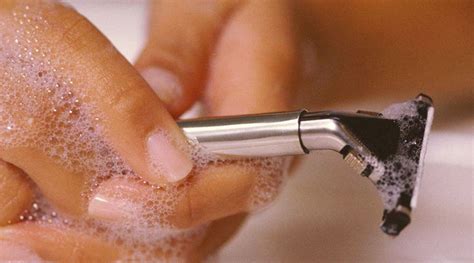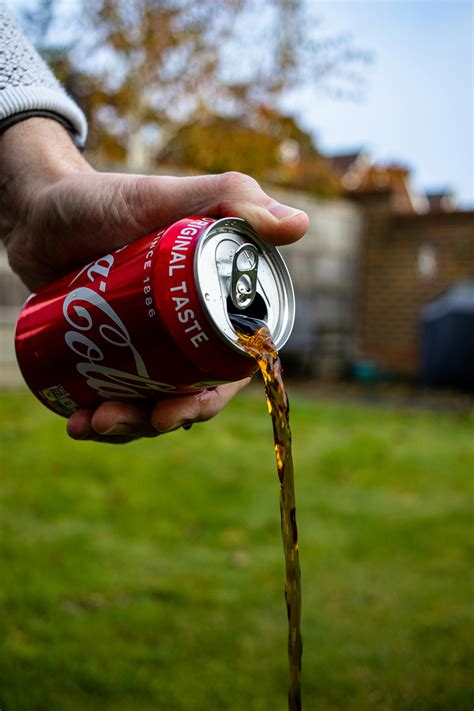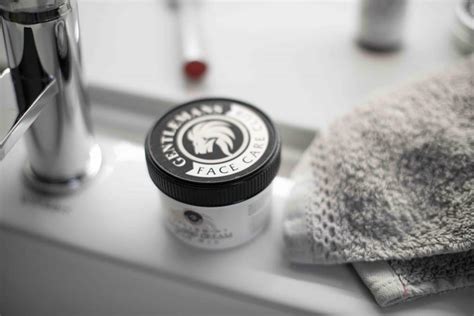Optimize shave: Prevent ingrowns & irritation for peak skin performance?

Unlock Your Best Shave: A Guide to Preventing Ingrown Hairs and Irritation
Shaving is a daily ritual for many, yet for some, it’s a battle against bumps, redness, and the dreaded ingrown hair. Achieving a close, comfortable shave that leaves your skin smooth and healthy isn’t just about the razor; it’s a comprehensive process involving preparation, technique, and aftercare. By optimizing each step, you can transform your shaving experience, ensuring peak skin performance and a confident, irritation-free complexion.

The Art of Preparation: Setting the Stage for Success
A great shave begins long before the blade touches your skin. Proper preparation softens the hair, opens pores, and creates a protective barrier, drastically reducing friction and irritation.
- Cleanse Your Face: Wash your face with a mild cleanser to remove dirt, oil, and dead skin cells. This prevents bacteria from entering pores and clogging follicles.
- Exfoliate Gently: 2-3 times a week, use a gentle face scrub to remove dead skin cells that can trap hairs, leading to ingrowns. On shave days, a very light exfoliation can be beneficial.
- Warm Water & Steam: The golden rule of shaving. Apply a warm, damp towel to your face for a few minutes, or shave after a hot shower. Warmth softens the beard hair, making it easier to cut, and opens up the pores.
- Pre-Shave Oil: A thin layer of pre-shave oil adds an extra layer of lubrication and protection between your skin and the razor blade, allowing for a smoother glide and less irritation.
Mastering Your Technique: The Key to a Comfortable Shave
Once your skin is prepped, your technique becomes paramount. Sloppy shaving can undo all your preparation.

- Quality Lather: Use a high-quality shaving cream or gel, applied with a brush if possible. A rich, thick lather lifts the hairs and provides excellent cushioning. Let it sit on your face for a minute or two to further soften the hairs.
- Sharp Razor: This cannot be stressed enough. A dull blade pulls and drags, causing irritation and razor burn. Change your blade every 5-7 shaves for cartridge razors, or frequently for safety razors. Consider a single-blade safety razor for less irritation and fewer ingrowns, especially if you have sensitive skin or curly hair.
- Shave With the Grain: For the first pass, always shave in the direction your hair grows. This is the least irritating approach and helps prevent ingrown hairs. If you need a closer shave, re-lather and go across the grain for a second pass, but avoid going against the grain if you’re prone to irritation.
- Light Touch: Let the razor do the work. Pressing too hard causes the blade to dig into your skin, leading to nicks and irritation. Hold the razor lightly and use short, controlled strokes.
- Rinse Your Blade Often: Regularly rinse your razor under hot water to clear away hair and shaving cream, maintaining a clean cutting edge.

Post-Shave Perfection: Soothing and Protecting Your Skin
Your work isn’t over once the last stroke is made. Post-shave care is crucial for calming the skin and preventing issues.
- Rinse with Cold Water: After shaving, rinse your face thoroughly with cool or cold water. This helps to close pores and soothe the skin, reducing redness.
- Pat Dry: Gently pat your face dry with a clean, soft towel. Rubbing can irritate newly shaven skin.
- Apply Aftershave Balm: Choose an alcohol-free aftershave balm. Alcohol can dry out and irritate the skin. A good balm will hydrate, soothe, and help repair the skin’s natural barrier. Look for ingredients like aloe vera, glycerin, and witch hazel.

Targeting Common Problems: Ingrown Hairs & Razor Burn
Even with the best routine, issues can sometimes arise. Here’s how to tackle them:
Ingrown Hairs
Ingrown hairs occur when hair curls back or grows sideways into the skin. Prevention is key: regular exfoliation, shaving with the grain, and using a sharp, clean blade (preferably a single-blade razor). If an ingrown hair appears, avoid picking at it. Use a warm compress to bring it to the surface and a sterile needle or tweezers to gently free the hair, but do not pull it out entirely. Apply an ingrown hair treatment containing salicylic acid.
Razor Burn & Bumps
These are often caused by a dull blade, shaving against the grain, excessive pressure, or dry shaving. Ensure you’re following all the preparatory and technique steps outlined above. For existing irritation, apply a soothing, anti-inflammatory cream or gel with ingredients like aloe vera, chamomile, or hydrocortisone.

The Payoff: Smooth, Healthy, and Confident Skin
Adopting an optimized shaving routine takes a little extra time and attention, but the benefits are undeniable. By prioritizing proper preparation, refining your technique, and committing to diligent aftercare, you’ll minimize irritation, banish ingrown hairs, and reveal smoother, healthier skin. Embrace the journey to a superior shave, and experience the confidence that comes with peak skin performance.








